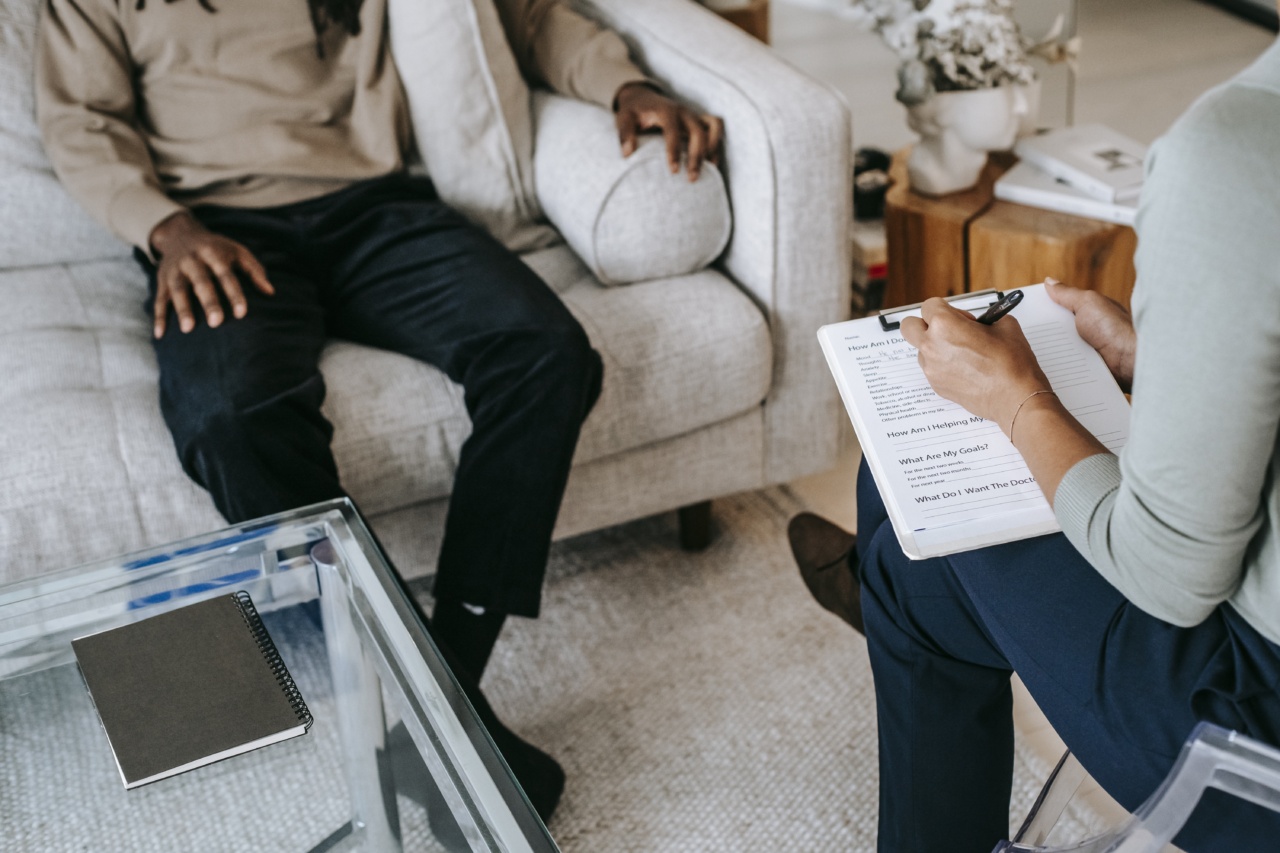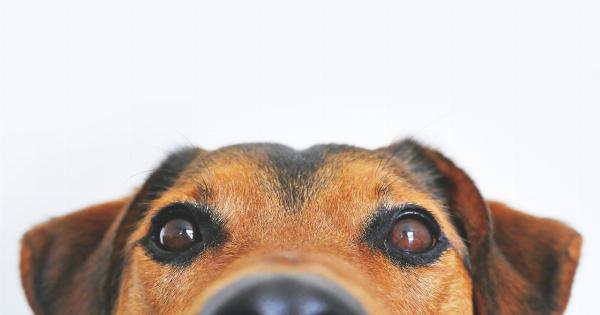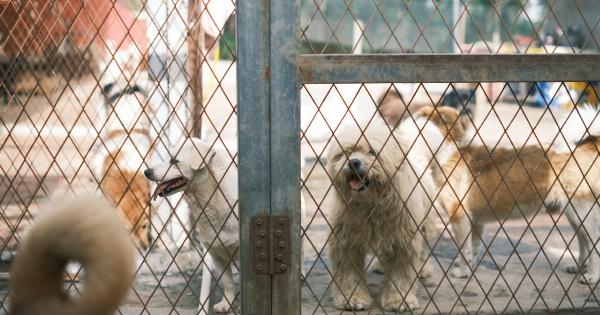Have you ever come home to find your favorite pair of shoes chewed up, only to be met by your dog’s guilt-ridden expression? It’s a common scenario for many dog owners, but have you ever wondered if your furry friend is actually feeling guilty? The truth behind these guilty expressions is much more complicated than it seems.
The Origins of Guilty Expressions
Dogs have been living with humans for thousands of years, and over time, they have developed a keen ability to read human emotions and body language.
This ability comes from their close relationship with humans, as they have learned to pay attention to our cues in order to understand our intentions and emotions.
The Power of Association
When your dog looks guilty after chewing up your belongings, it’s not because they feel remorse for their actions. Instead, it is a response to the way you behave when you discover the mess.
Dogs are masters of reading human emotions, and they quickly learn to associate certain facial expressions, tones of voice, and body language with your displeasure or anger.
The Role of Body Language
When a dog exhibits a “guilty” expression, they may lower their head, look away, tuck their tail between their legs, or cower.
These body language signals are not signs of guilt but rather submissive behaviors that dogs display to avoid conflict. Your dog has learned that by adopting these behaviors, they can appease you and lessen the chances of punishment.
No Sense of Time
One important thing to remember is that dogs do not have a sense of time like humans do. So, even if they appear guilty when you discover a mess, it doesn’t necessarily mean they remember causing it.
Their expression is a response to your current reaction, not a reflection of past actions.
The Risk of Misinterpretation
While we may interpret our dogs’ guilty expressions as an understanding of their wrongdoing, it’s essential to recognize that this interpretation is based on our own human emotions.
Dogs do not experience guilt in the same way we do, and attributing human emotions to them can lead to misunderstandings and miscommunication.
The Importance of Positive Reinforcement
Instead of focusing on your dog’s guilty expression, it’s crucial to rely on positive reinforcement when training your furry friend. Punishing a dog for a past action can be confusing and counterproductive.
Instead, focus on teaching your dog appropriate behaviors and rewarding them for good behavior.
Understanding Your Dog’s Body Language
While guilty expressions may not be what they initially seem, it’s still important to understand your dog’s body language and behavior. Dogs communicate through their body postures, facial expressions, and vocalizations.
Understanding these cues can help you decipher your dog’s emotions and respond appropriately.
Bonding with Your Dog
The complex psychology behind dogs’ guilty expressions should not discourage you from forming a strong bond with your furry friend. Dogs are highly social animals that thrive on companionship and love.
By focusing on positive reinforcement, clear communication, and understanding their unique needs, you can build a strong and trusting relationship with your pup.
Conclusion
The guilty expressions displayed by dogs are not a reflection of their actual guilt or understanding of wrongdoings. They are instead a result of their ability to read human emotions and respond accordingly.
Understanding the psychology behind these expressions can help us communicate more effectively with our four-legged friends and build stronger bonds based on trust and positive reinforcement.

























